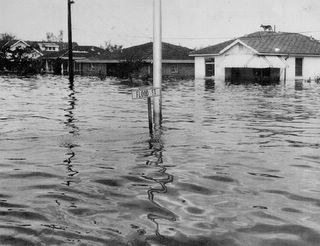In this city, people talk incessantly of past pleasures and of those to come, even as they regard the meal or the drink or the parade in front of them. We live in a stream of memory as dark and deep and powerful as the river that fronts the city. Memory's currents clutch at us and steer our lives, must be compensated for just as the ferry pilots compensate for the river's at every crossing, must be feared less they take us down into an eddy from which no body returns. Some of my earliest memories are of Mardi Gras . I remember as a child of perhaps five seeing Indians dancing at the corner of Galvez and Canal as we drove do my great aunts' on Royal Street. Later that day or perhaps a year before or after, I can clearly see Rex passing down Canal from atop my father's shoulders. Much later, my girlfriend and I slouched outside a hall in Arabi in the lost hours before dawn on the night of MoM's Ball, and a famous photographer took our picture. I've never seen the ...

